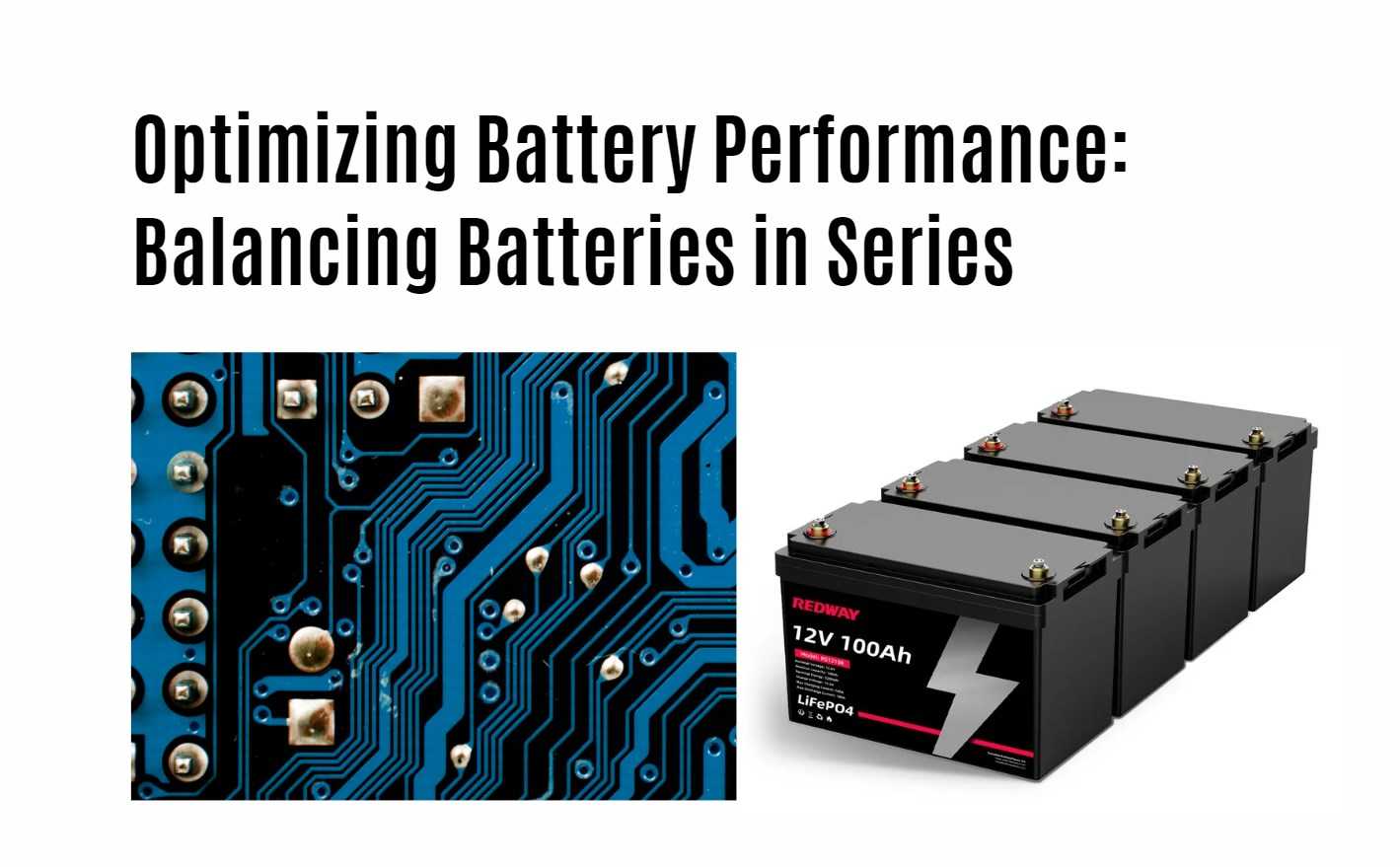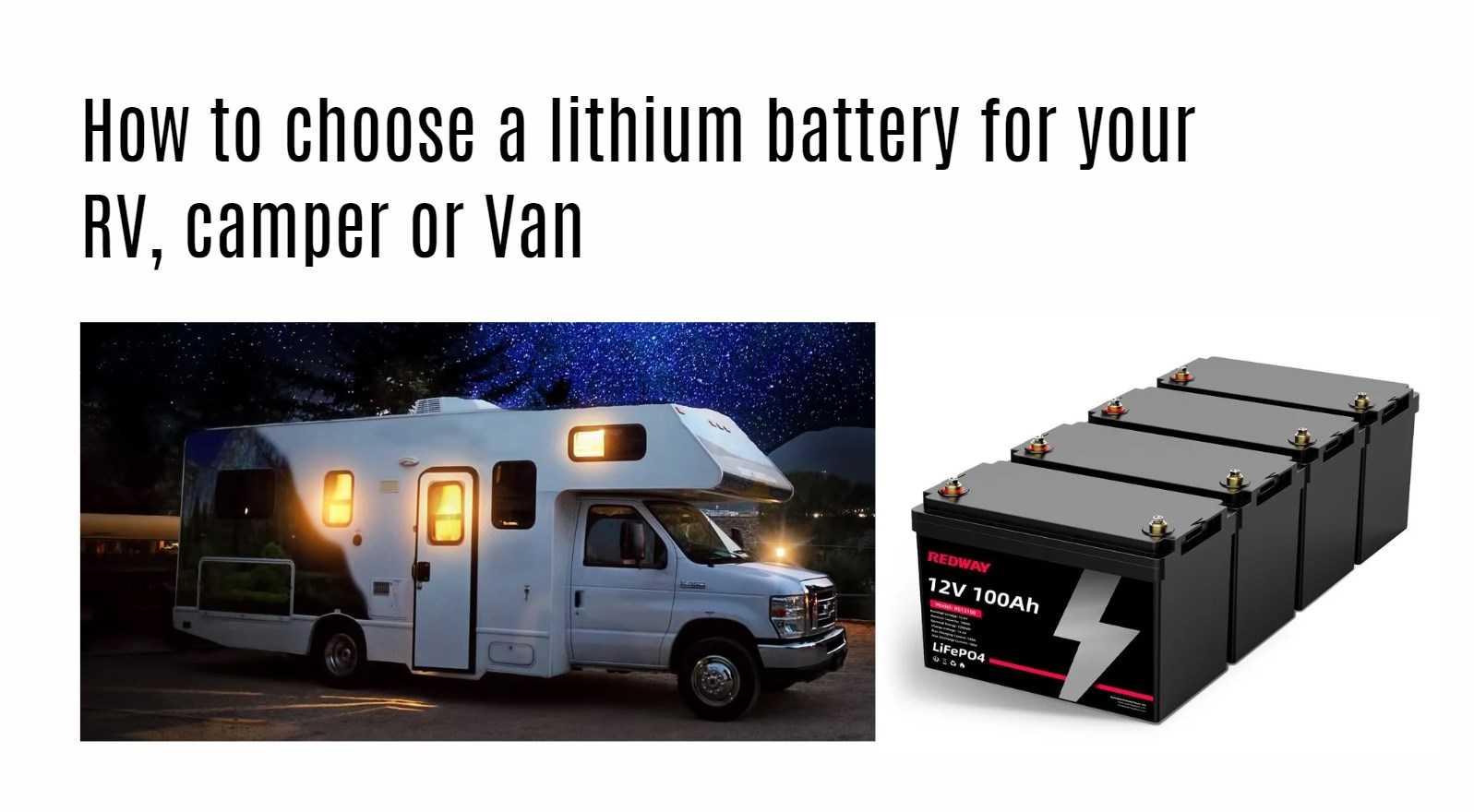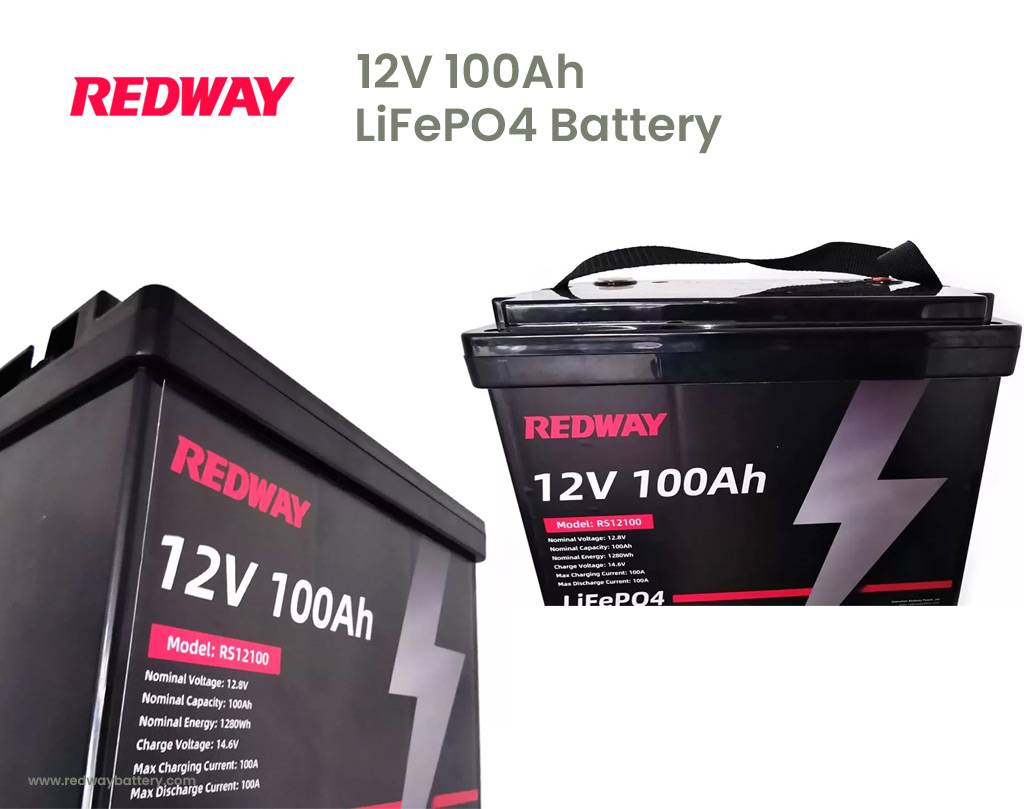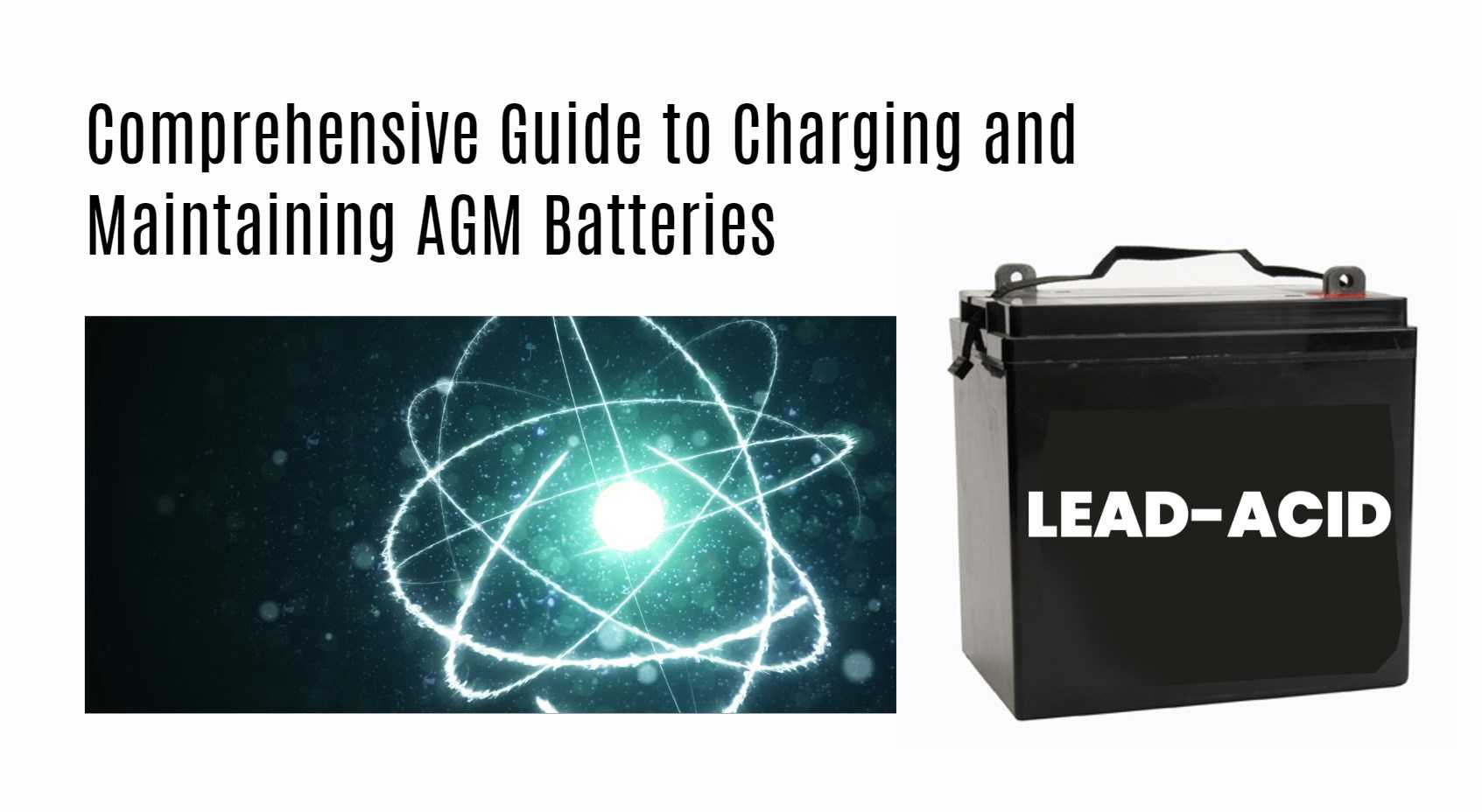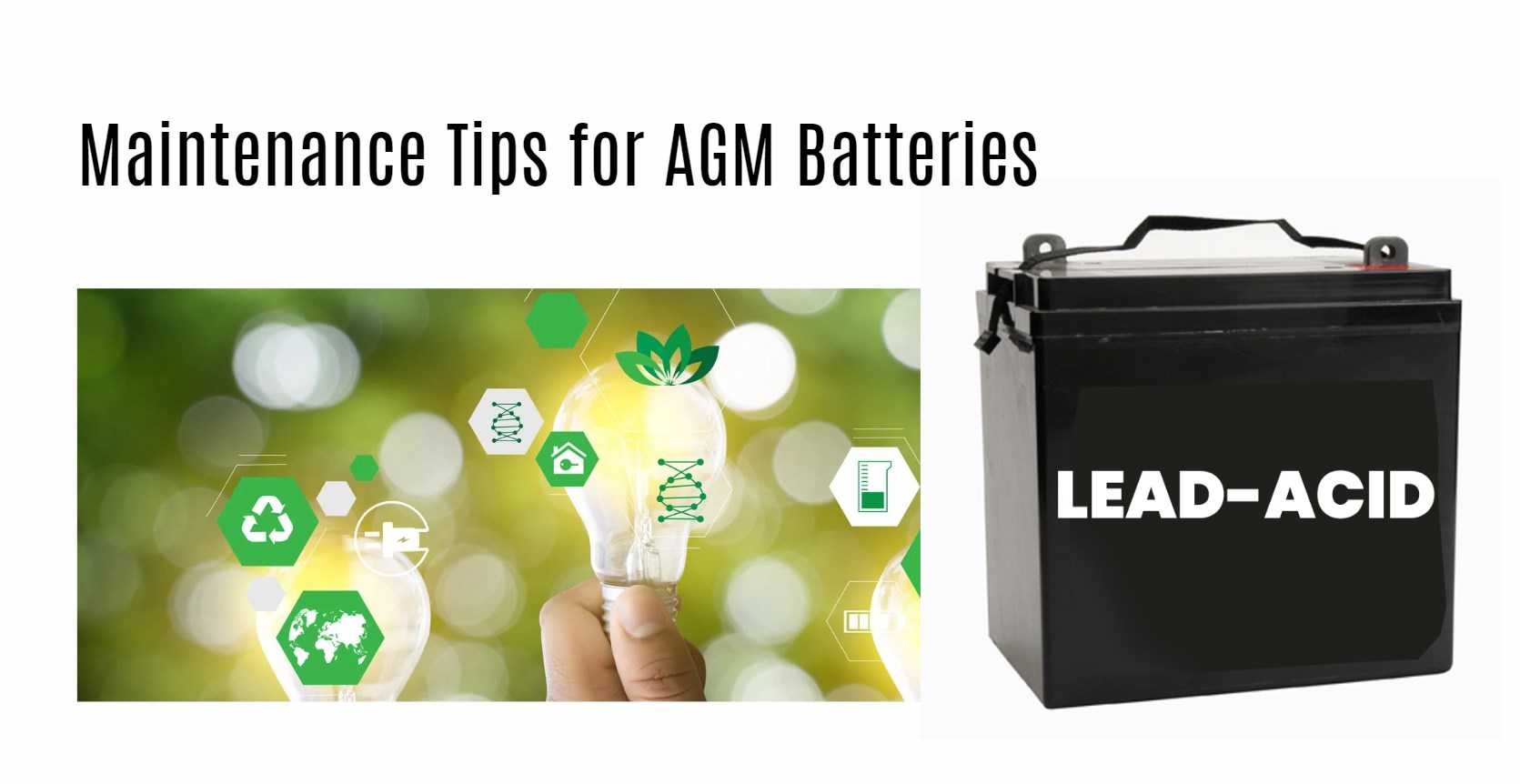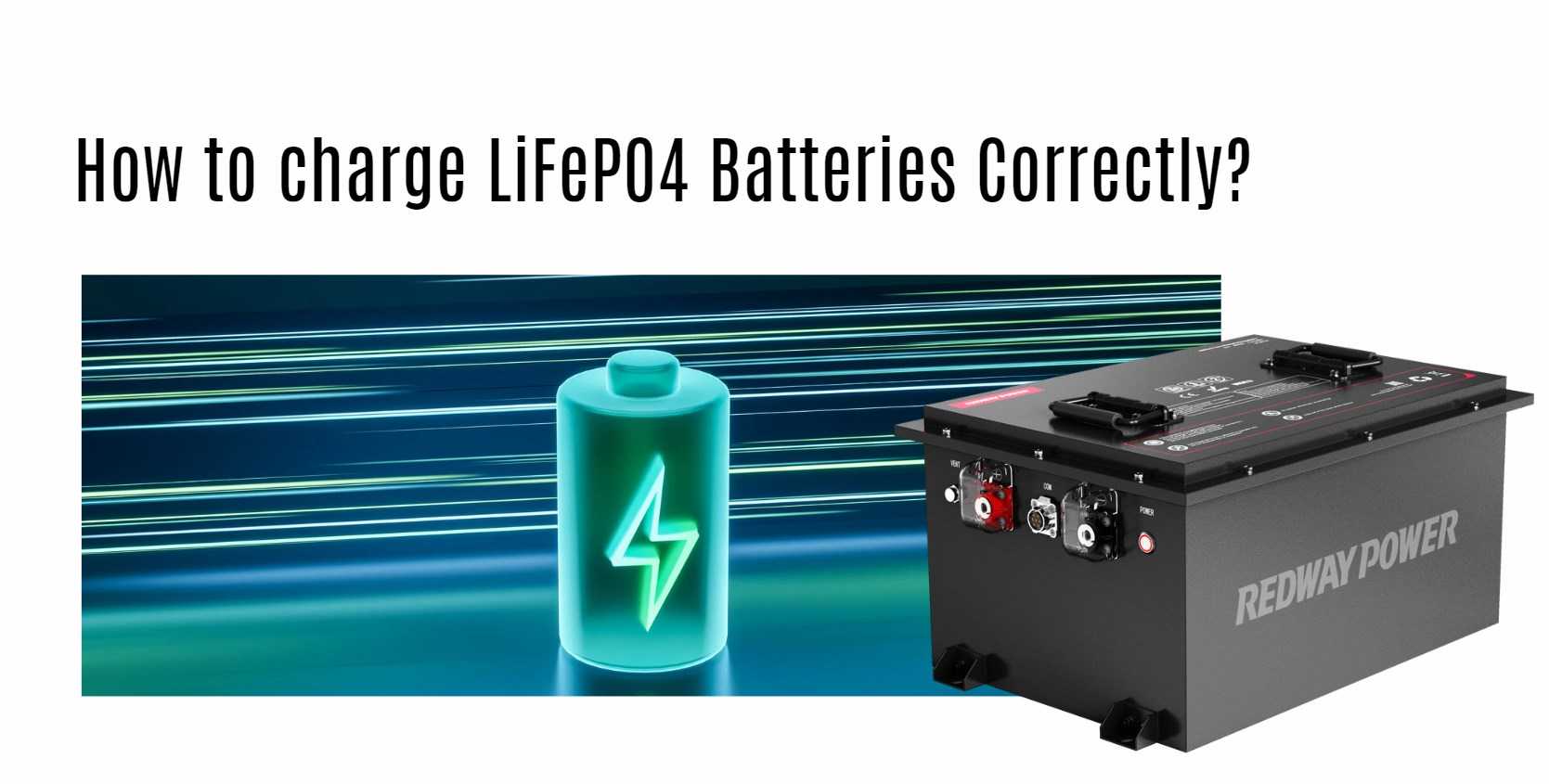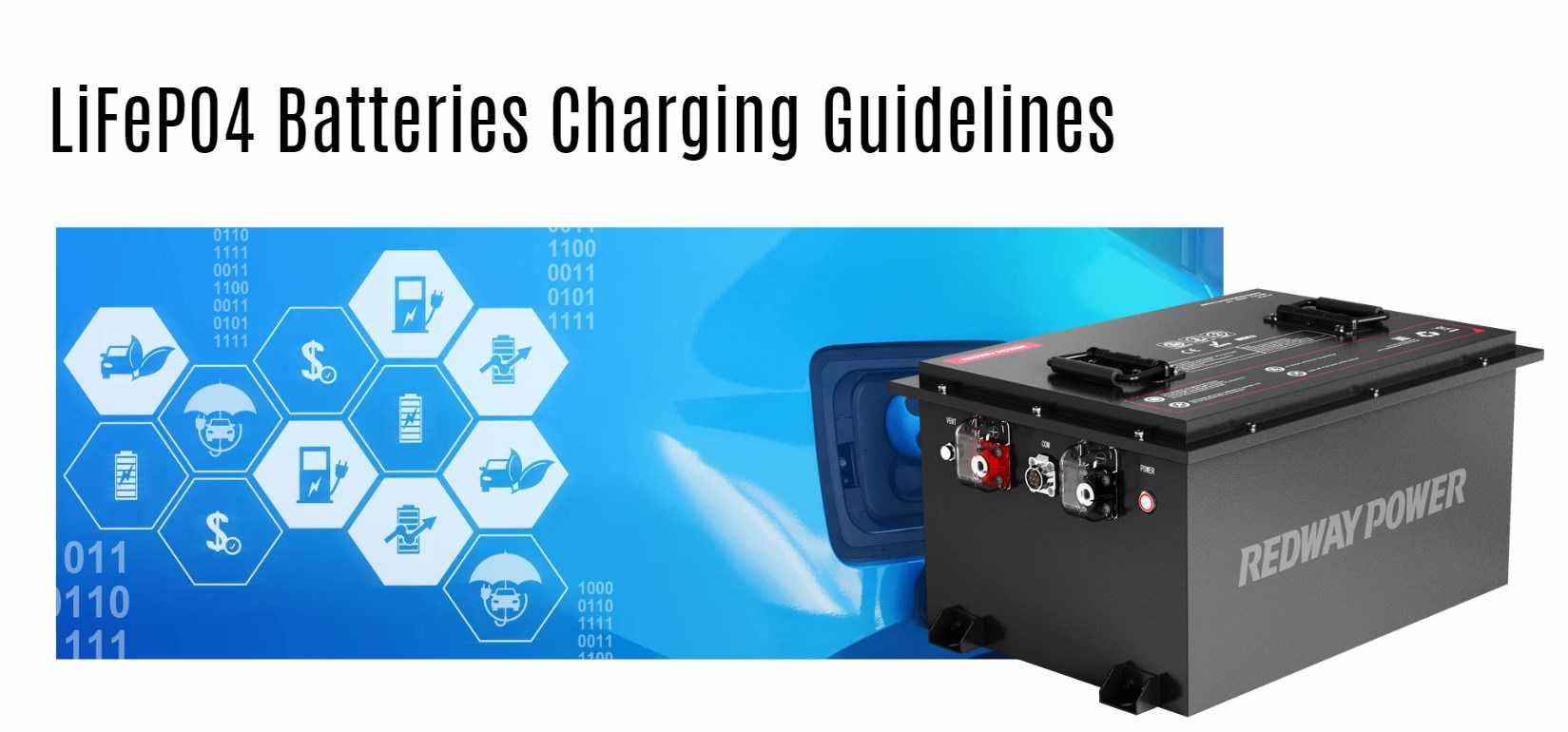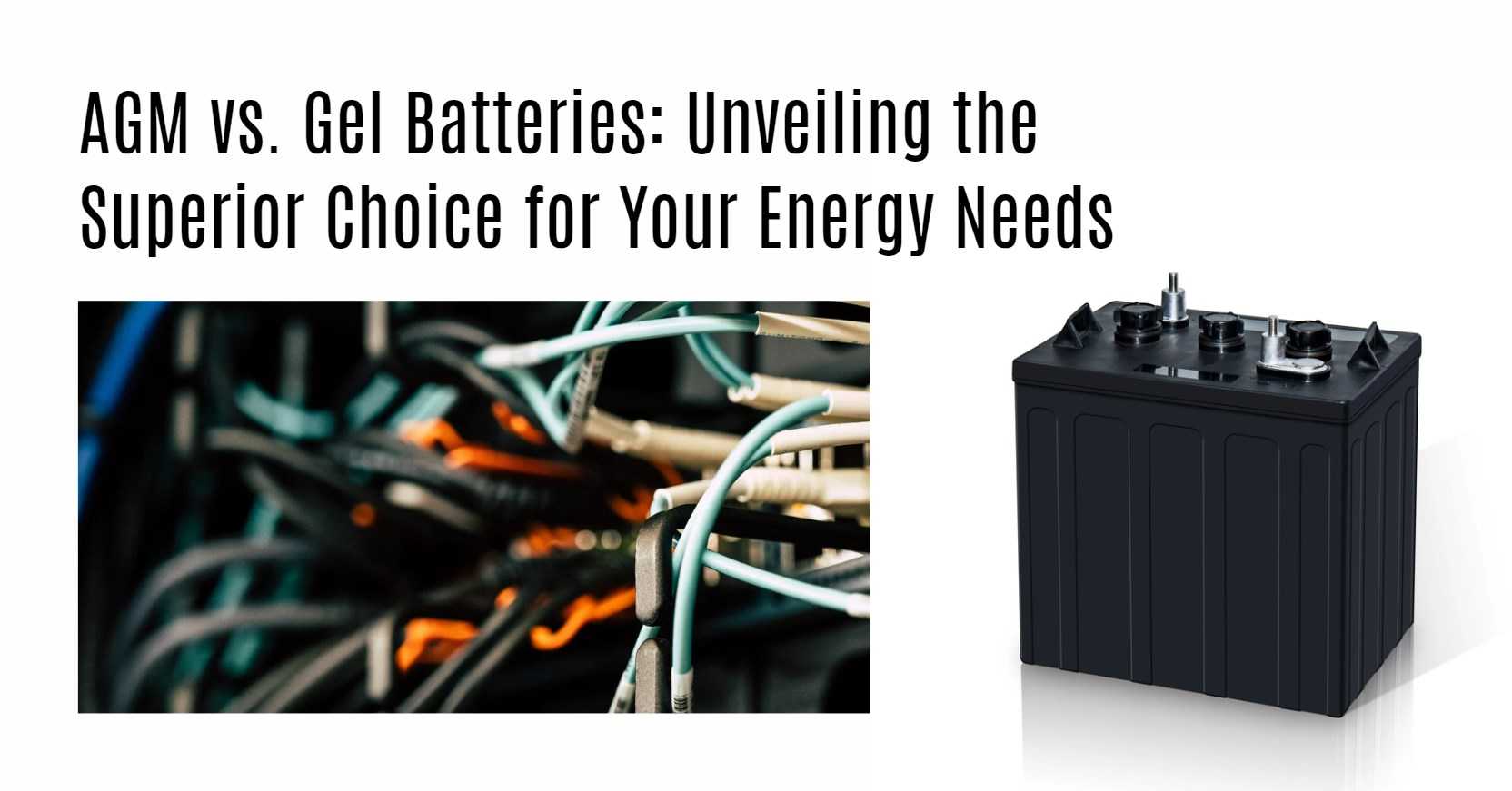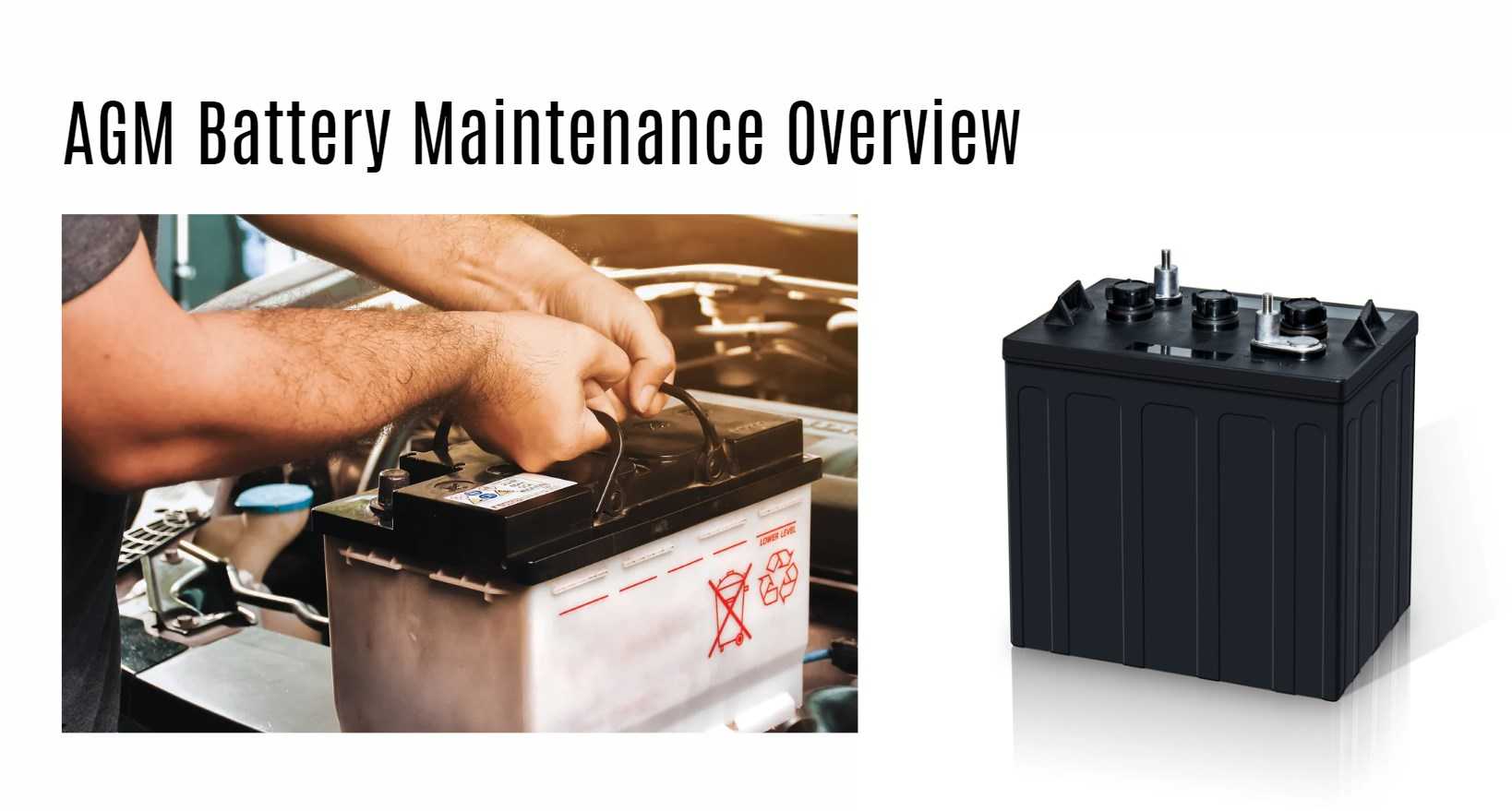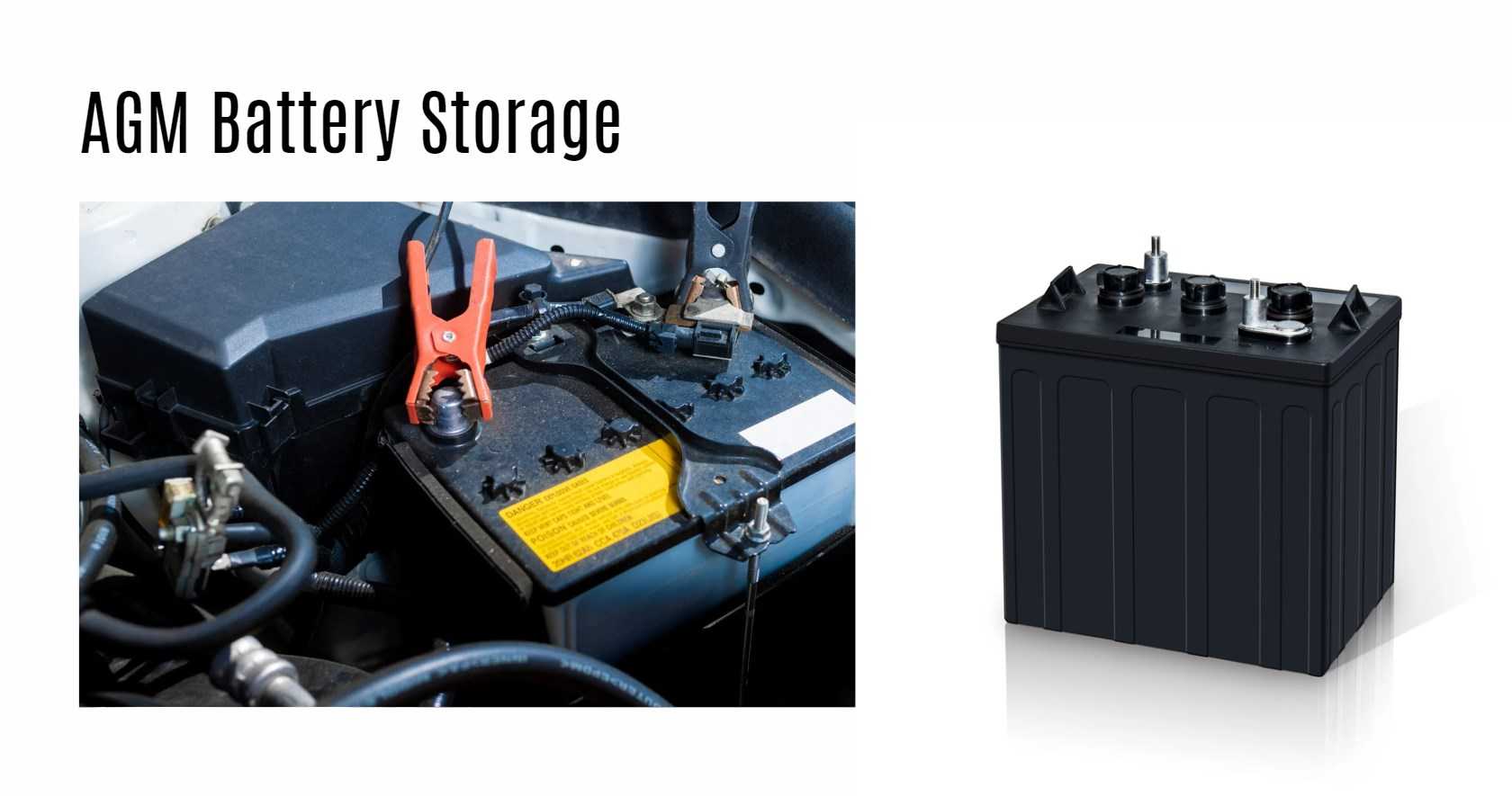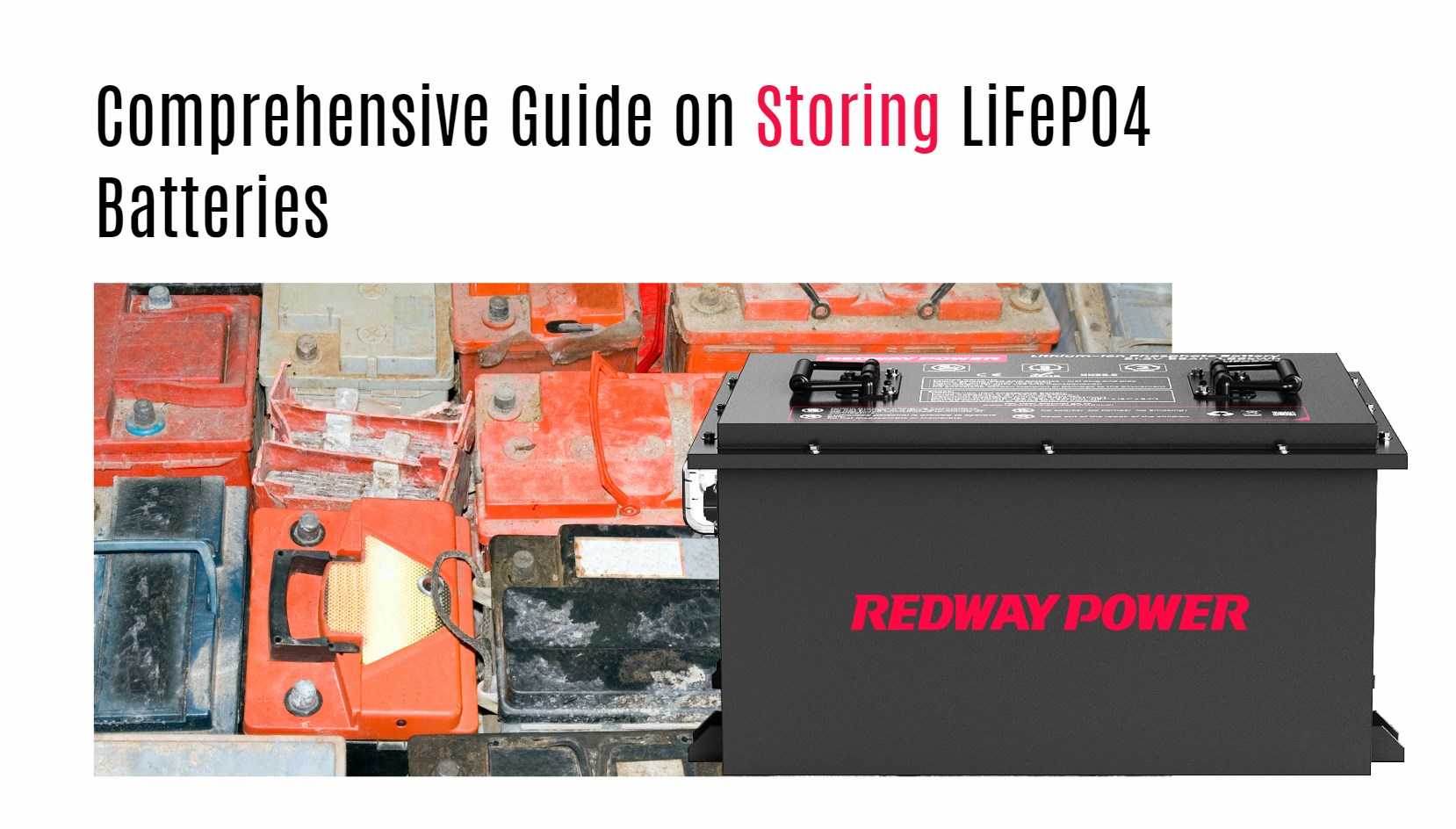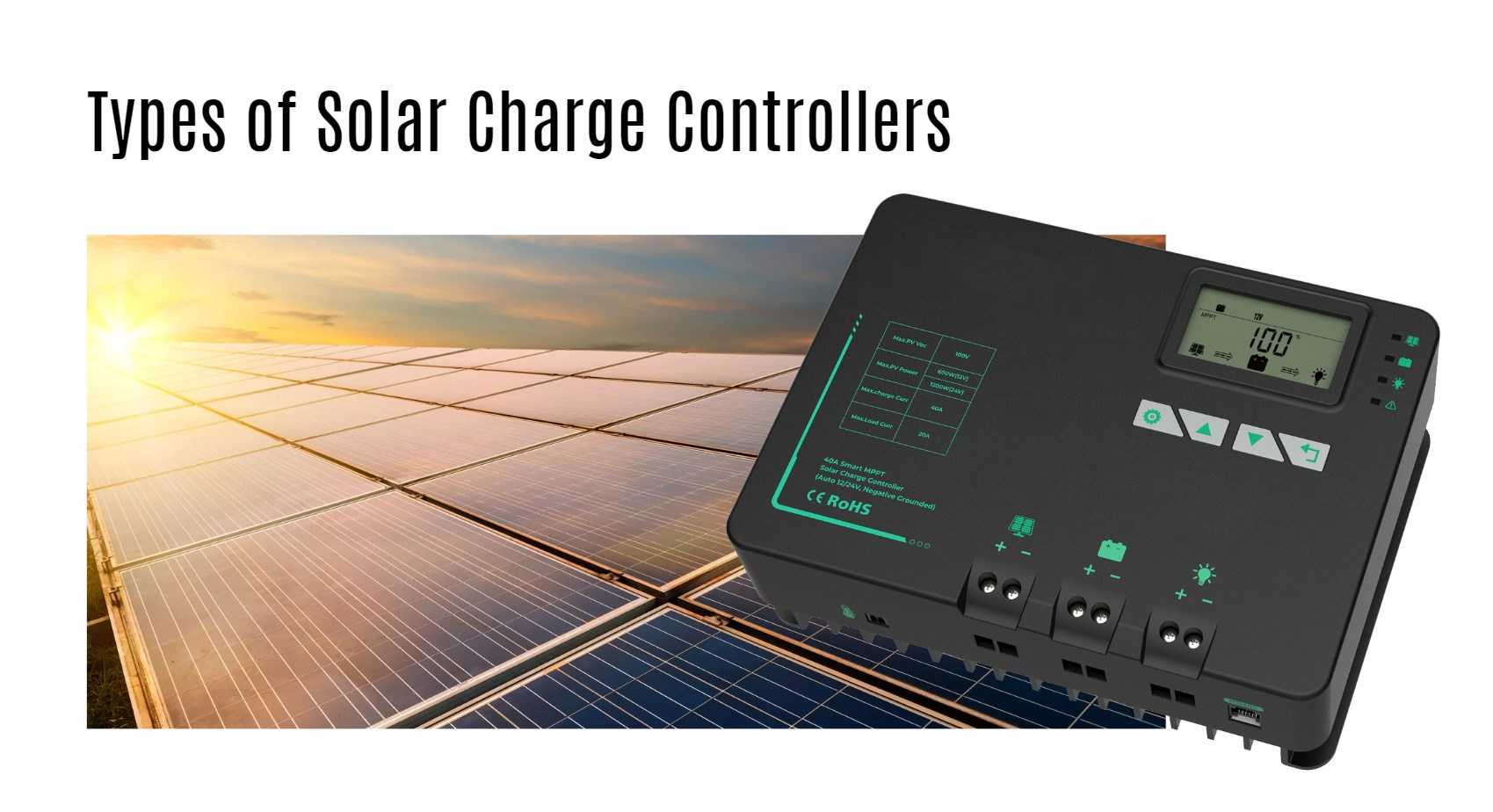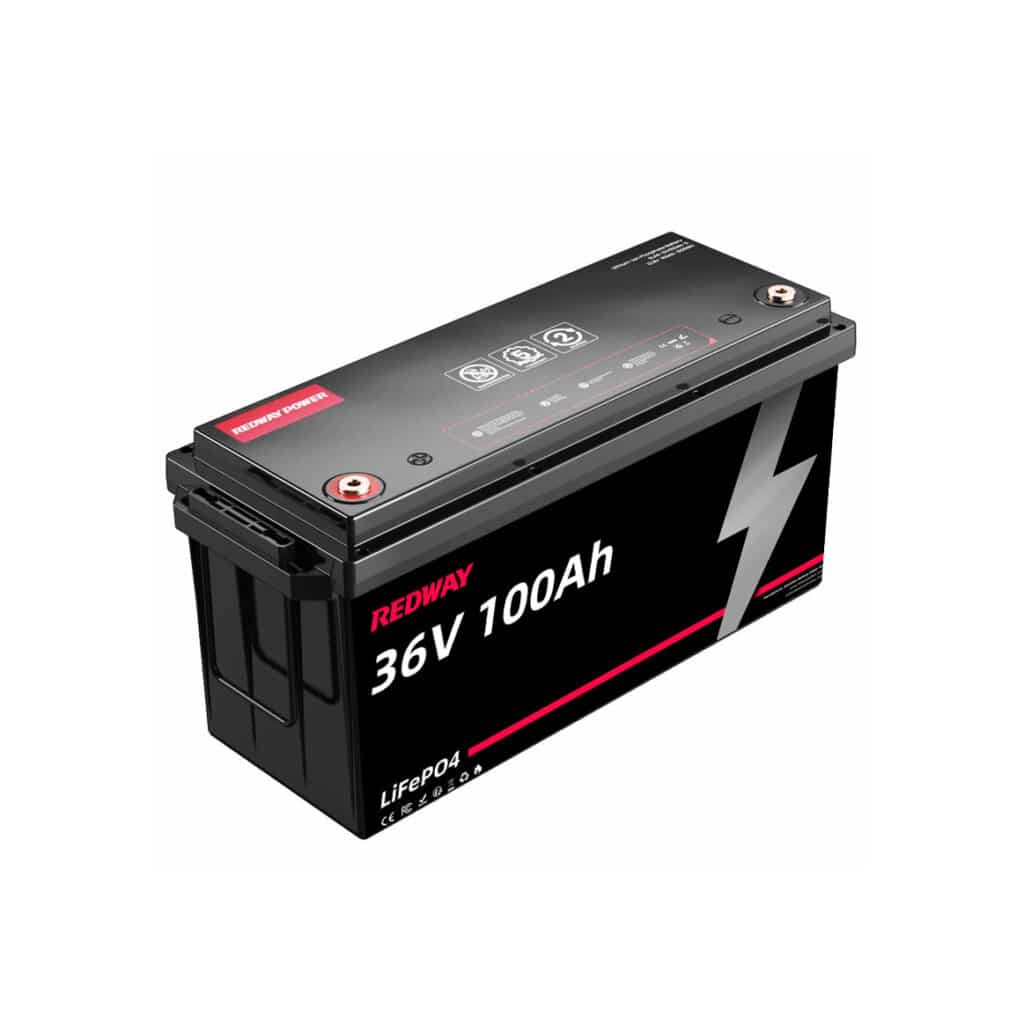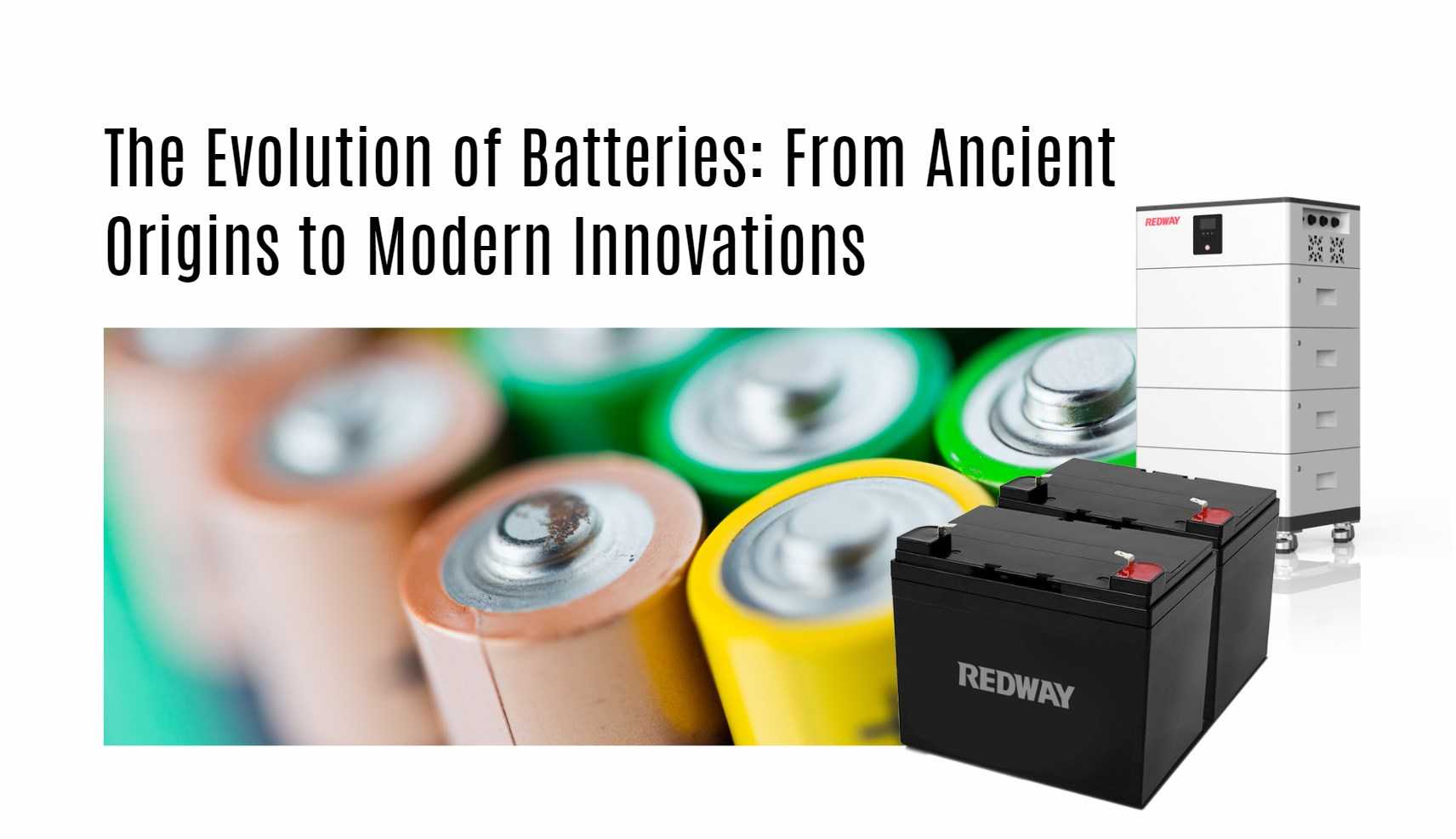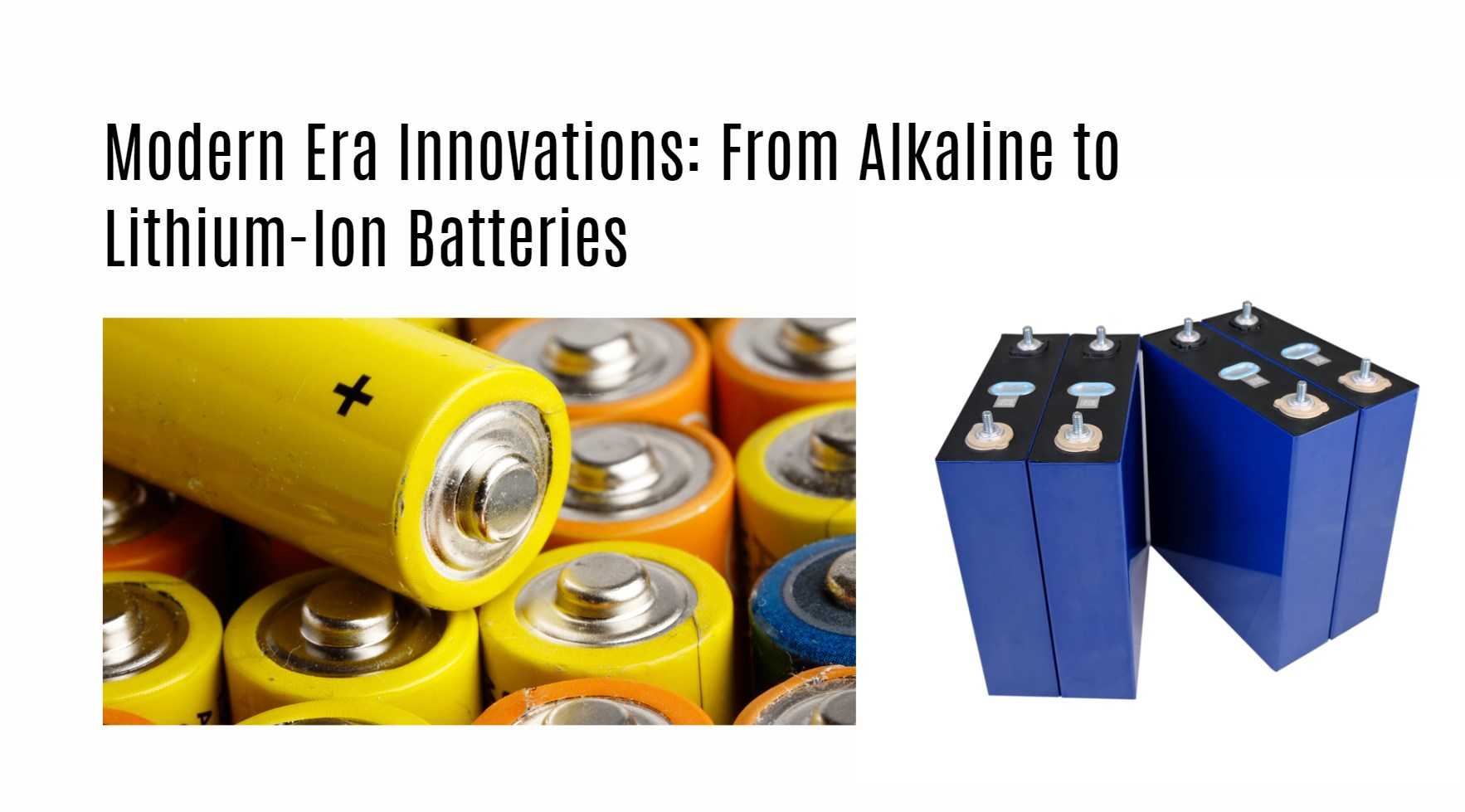Optimizing Battery Performance: Balancing Batteries in Series
At Redway Battery, we recognize the pivotal role that battery performance plays in a variety of applications, such as powering solar battery banks, golf carts, and more. One effective method to enhance battery efficiency and longevity is by balancing batteries when connected in series. This process not only increases the overall capacity of the system but also extends the lifespan of each individual battery, ensuring optimal performance over time.
Benefits of Balancing Batteries in Series
When you connect batteries in series, and each battery is balanced beforehand, you can reap significant advantages:
Enhanced Total Capacity
Balancing batteries in series allows for a higher total capacity in the system. This means longer runtime for your devices or systems, ensuring uninterrupted power when it’s most needed.
Prolonged Battery Lifespan
By evenly distributing the workload among batteries, balancing in series prevents any single battery from bearing more stress than the others. This balanced approach minimizes wear and tear, thereby increasing the lifespan of each battery.
How to Balance Batteries in Series
To achieve maximum efficiency and longevity from your battery system, follow these steps:
- Individual Charging: Start by charging each battery individually using a compatible 12V charger. This step ensures that all batteries reach full capacity and are at the same voltage level before being linked together.
- Installation in Series: Once fully charged, connect the batteries in series to create higher voltage configurations such as 24V, 36V, or 48V. This series connection maintains the balance achieved during individual charging.
- Charging the Series: For future charging cycles, use a higher voltage charger compatible with the series configuration (e.g., a 36V charger for a 36V battery set). Avoid using a high voltage charger to charge individual 12V batteries, as it could lead to damage.
Performance Impact and Longevity
The benefits of balancing batteries in series are substantial:
- Increased Runtime: Enjoy up to 20% longer runtime due to optimized battery usage.
- Extended Lifespan: Enhance battery lifespan by 1 to 3 years depending on usage patterns and maintenance practices.
Engineering Insights
Balancing batteries in series aligns each battery to the same voltage level, meeting federal DOT shipping regulations and ensuring consistent performance across the system. This process reduces the risk of premature discharge and stress on individual batteries, thereby maximizing overall system efficiency.
When to Balance Batteries
To maintain peak performance, we recommend balancing batteries:
- After prolonged storage periods exceeding 3 months.
- Upon observing significant performance declines in your system.
- Annually as part of routine maintenance to extend battery lifespan.
Conclusion
Optimizing the performance and longevity of battery systems through series balancing is essential for various applications. By adhering to best practices and understanding the engineering behind battery balancing, you ensure reliable power solutions that meet your operational needs effectively.

